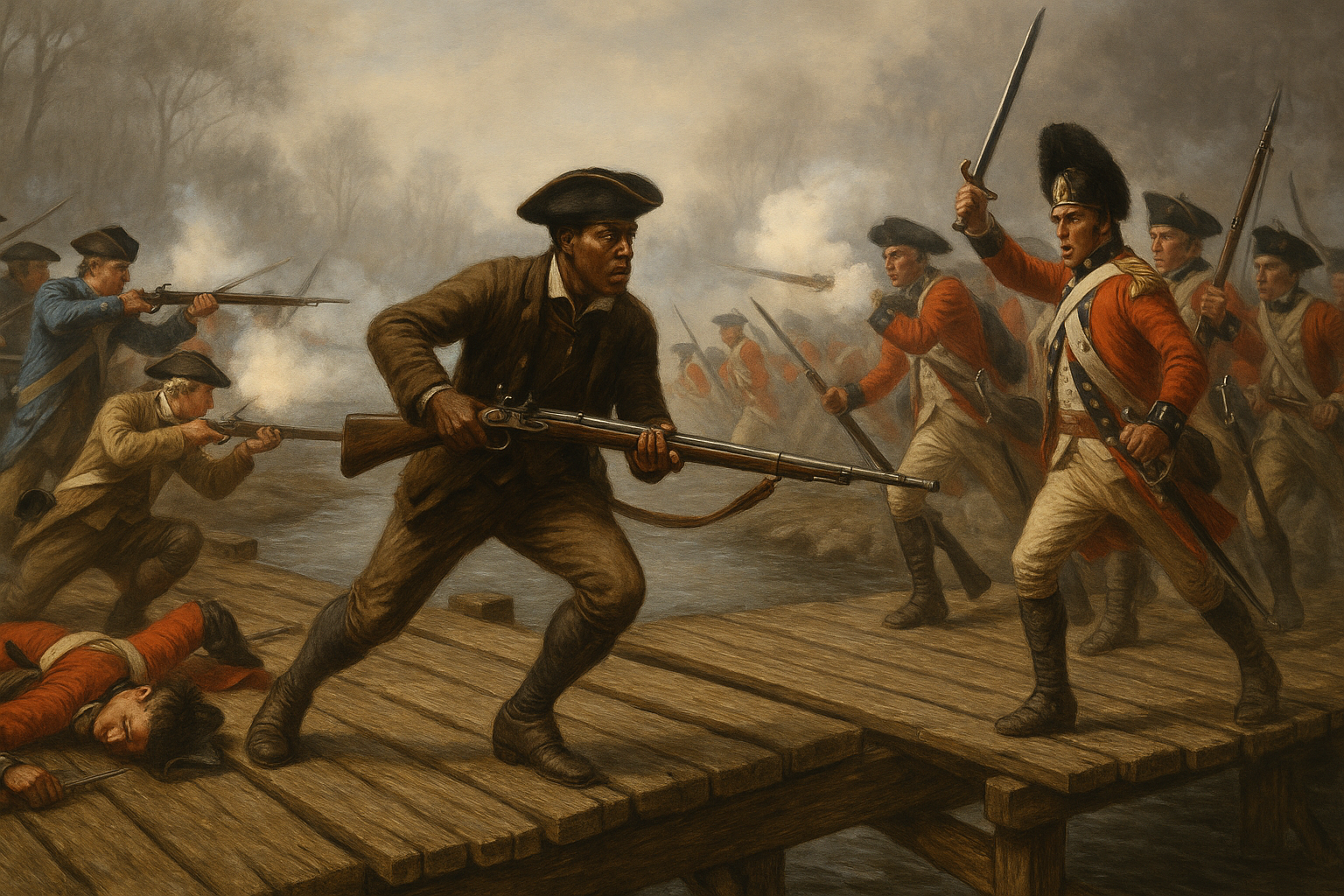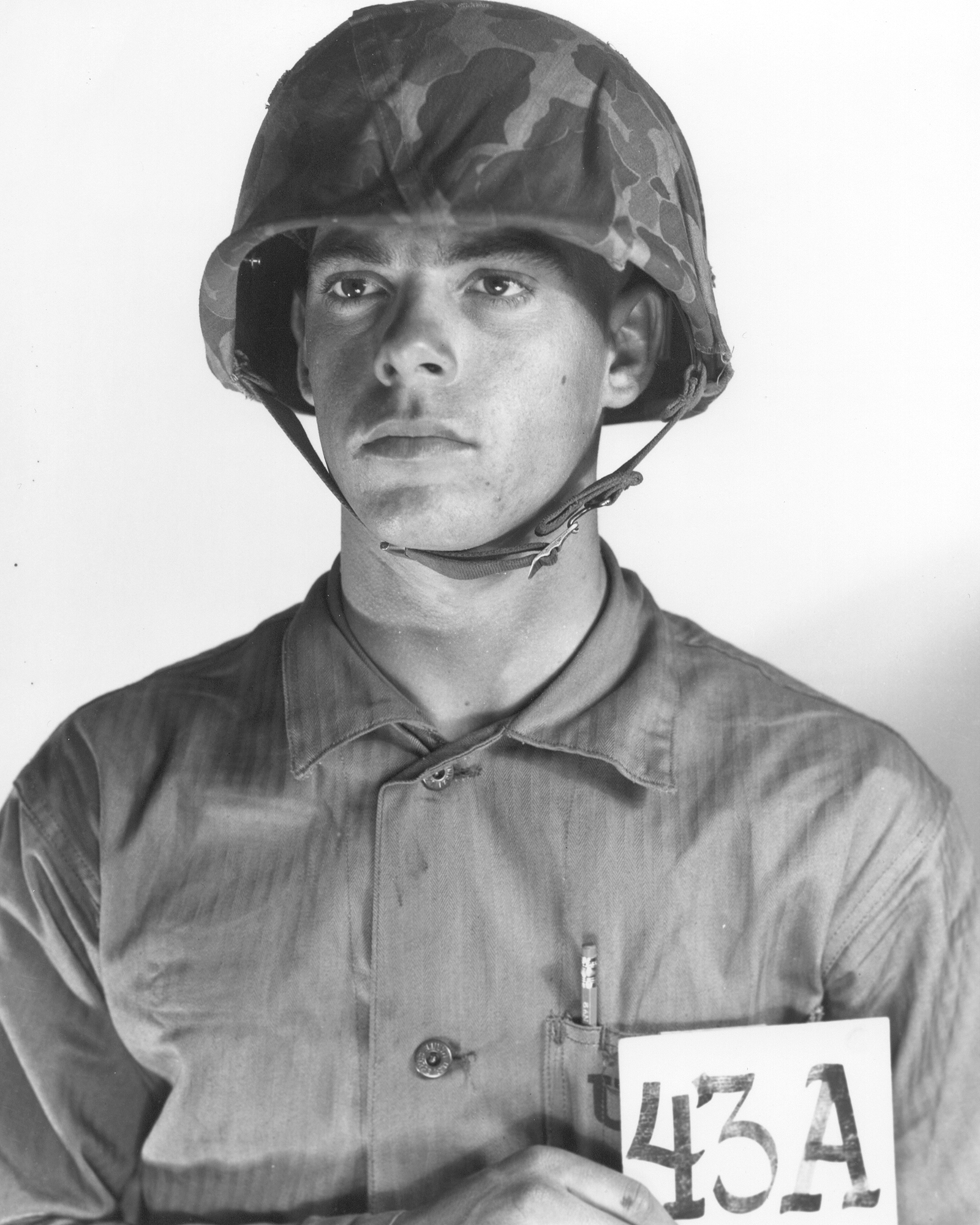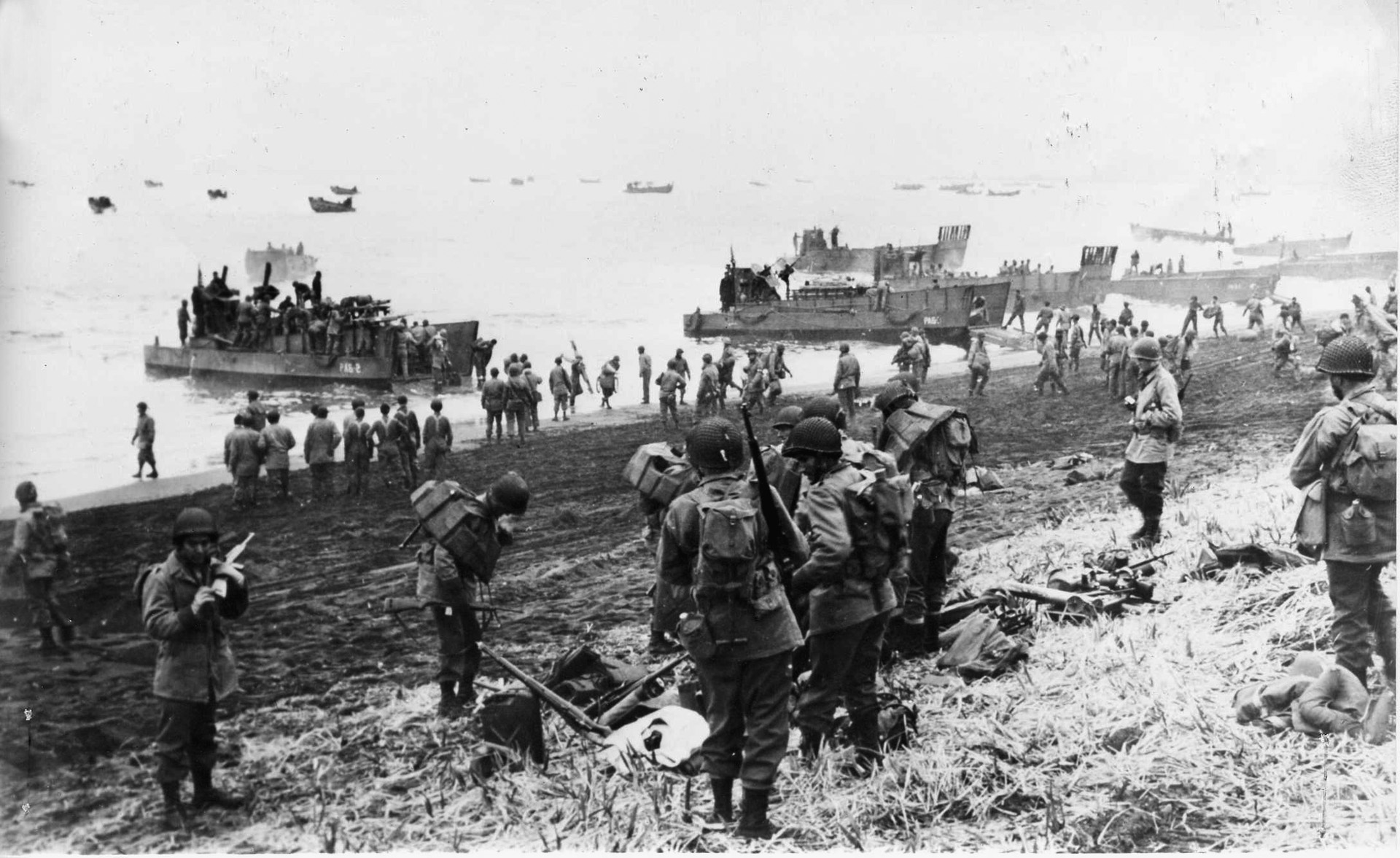The Battle of Great Bridge holds a significant place in American history as both a decisive engagement of the Revolutionary War, and one of the first of many military victories. Fought on December 9, 1775, near Norfolk, Virginia, this clash alerted British forces of the determination and resolve of the American rebels. Not only did the battle's outcome secure a crucial victory for the newly formed country, but it also set the stage for future triumphs against the more seasoned British Army in the struggle for independence.
By late 1775, tensions between the American colonists and the British crown had escalated beyond the point of fracture. Norfolk was at that time an important British naval stronghold in Virginia, and so had become a focal point for troops loyal to the crown. The Colonial government was not blind to the strategic significance of capturing Norfolk in the effort to weaken British control in the region.
The local militia, under the leadership of Colonel William Woodford, therefore devised a plan to seize the Great Bridge, which was a key crossing point. However, the British took the initiative and arrived at the bridge before the Colonials were fully prepared.
However, Billy Flora had other plans. Flora, a free Black man and a skilled soldier in the Virginia militia, is credited with delaying the British's advance. During the battle, Flora reportedly held his position under heavy enemy fire as the last man to retreat across the bridge, tearing up planks behind him to slow the British advance. His determination, bravery, and ingenuity helped the American forces secure a crucial early victory in the Revolutionary War by allowing time for additional forces to arrive.
The Battle of Great Bridge began with the colonial forces engaging the assaulting British fortifications near the bridge. Colonial forces, consisting of mostly Virginia militiamen, employed a combination of traditional military tactics and strategies developed making use of local resources; they used hastily constructed earthworks and felled trees as battlements to fortify their positions, dramatically stalling the British advance.
British troops fought under the command of Lord Dunmore, who launched a series of assaults intended to dislodge colonial forces, but as well-entrenched as they were, and with home court advantage, they repelled each attack with superior determination. Utilizing more effective marksmanship and their familiarity with the terrain, the Americans caused significant demoralization and casualties among the British ranks.
The Battle of Great Bridge was instrumental in displaying the bravery and heroism of several key leaders in the fight against the British monarchy. Colonel William Woodford led the Virginia militia with such exceptional leadership and strategic prowess that his men were inspired to stand firm in the face of the world’s greatest military power in its time. Captain William Ford was fabled to have led a near insane bayonet charge that played a pivotal role in breaking the British lines. Although, that is considered to be more folklore than documented fact.
The battle also highlighted the resilience of the Virginia militiamen, who fought valiantly and with unimaginable courage despite lacking any serious formal training.
Lord Dunmore attempted to flank American positions. Despite his efforts, however, the Americans held their ground, refusing to yield even a single yard of the combat space to the invader.
The Battle of Great Bridge was unusual as it marked a turning point in the Revolutionary War, despite being such an early engagement, providing a much-needed boost to American morale. The resounding victory of the American colonists demonstrated an ability that would become the bulwark of the American military to this day; the cunning and will to triumph over any adversary. This engagement not only showed the new nation what it could accomplish but also set the stage for future victories, fueling the spirit of independence that would ultimately shape the United States of America, the greatest power in human history.



%201.svg)









